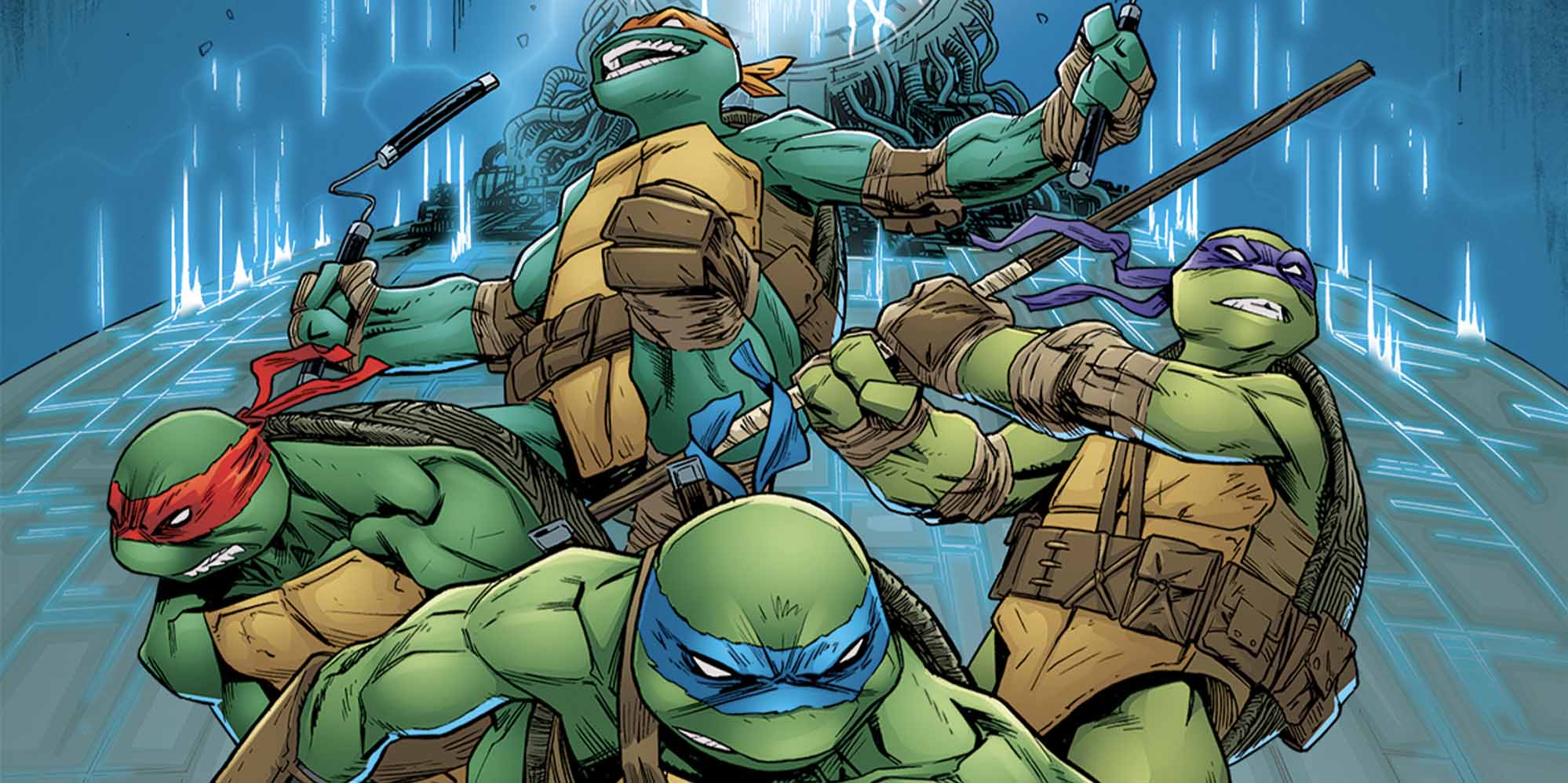
No Guest Found in this category
Ahead of the co-creator of Turtle Power, Supa-Star Kevin Eastman‘s appearances at Supanova in Melbourne and on the Gold Coast, we take a look back at how our favourite teenage ninja turtles have mutated over the years.
1980s
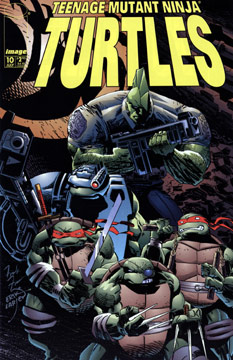 The original comic (1984)
The original comic (1984)
Kevin Eastman joined forces with Peter Laird and together they created the basis of a superhero team that would become a pop culture powerhouse. Having said that, this iteration won’t be one that you’re necessarily familiar with. All four turtles had red bandanas and the series wasn’t intended for children as it was quite violent. Yes, Shredder was there too, but not for long! Spoiler alert – he’s killed off in the one-shot issue!
Playmates toys and the original 1987 cartoon
The iconic ’80s cartoon and toy line are really where the turtles as we know them launched. After discussions with licensing agent Mark Freedman and toy company Playmates, each turtle was given a different coloured bandana. Like most toy lines at the time, a cartoon show was created for brand recognition and to generate sales. Shredder wasn’t killed off straight away and became a reoccurring villain on the show.
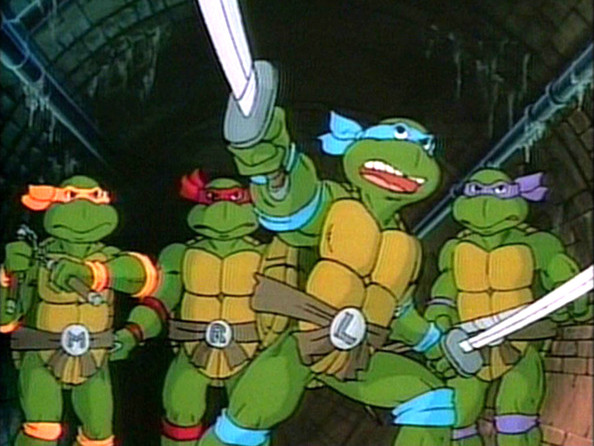 1990s
1990s
The original live-action film (1990) and sequels
With the phenomenal success of the cartoon series and the toy line, it became inevitable for a movie tie-in. Surprisingly, it led to a live-action film with the turtles being translated from their 2D selves into modelled clay suits, thanks to the wizardry of Jim Henson’s Creature Workshop.
The film successfully combined the original comic’s story with the personalities of the 1987 cartoon Turtles. The film itself managed to continue the franchise’s success and would garner two sequels in the 1990s – Teenage Mutant Ninja Turtles II: Secret of the Ooze and Teenage Mutant Ninja Turtles III. Albeit, these sequels would decline in popularity and never quite matched up to the 1990 original.
Ninja Turtles: The Next Mutation (1997-98)
After a deal was struck with Saban (yes, the production house behind the Mighty Morphin’ Power Rangers), the Turtles seemed to be in suitable hands for a live-action television series. Unfortunately, the show didn’t quite go to plan and didn’t make it past one season. We did get a fifth female Ninja Turtle named Venus de Milo, but she doesn’t appear in any other Turtles media.
2000s
The 2003 reboot
TMNT was literally back to the drawing board with 2D animation in more action-based style and, in this sense, closer to the source material. The show introduced comic character Usagi Yojimbo to younger audiences and featured an April O’Neal who could kick butt and wasn’t a journalist, but a tech assistant to Dr Baxter Stockman. TMNT also saw the Turtles move across different dimensions and time itself far more often than previous onscreen media. It was a hugely successful formula and a fitting reboot for the audience of the time, lasting a whopping seven seasons.
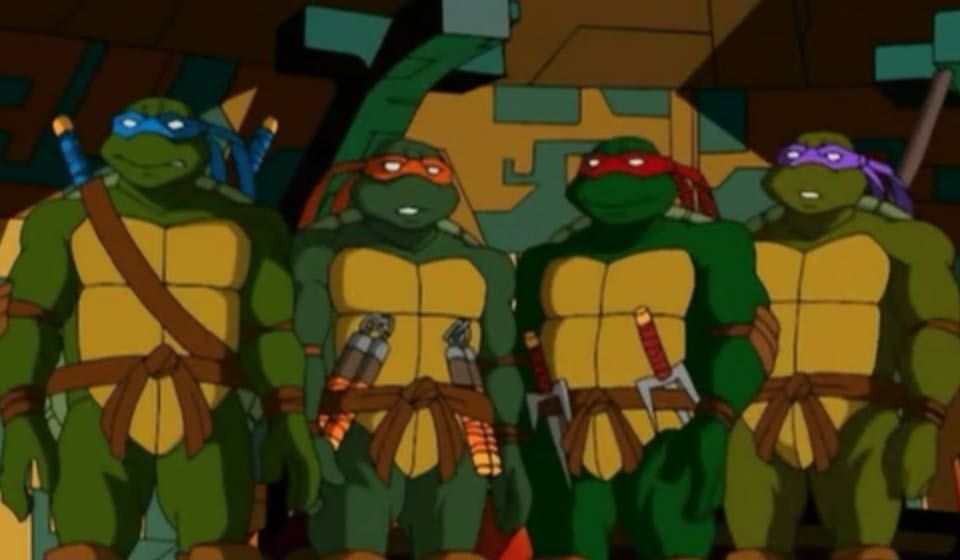 TMNT Movie (2007)
TMNT Movie (2007)
This computer-animated film was a somewhat sequel that takes place in a post-Shredder time period where the Turtles have been disbanded. It was the first film to feature Shredder’s female former second in command and new Foot Clan leader Karai as a major character. She had appeared in the original comic and more recently in the 2003 cartoon series.
2010s
T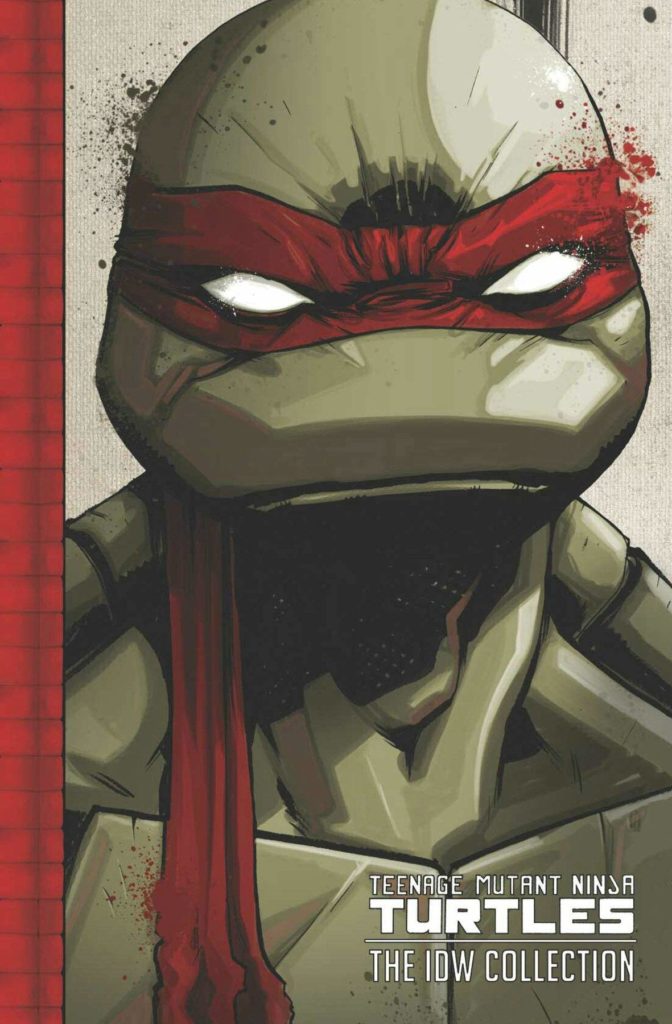 MNT relaunch comics published by The IDW (2011 – ongoing)
MNT relaunch comics published by The IDW (2011 – ongoing)
IDW created a comic line in the vein of the original book’s gritty, violent feel. The Turtles have had some radical crossovers through IDW, including a hugely successful one with DC Comic’s Batman (illustrated by March Supa-Star Freddie Williams II). That popular crossover received an animated feature adaption, Batman vs Teenage Mutant Ninja Turtles in the DC Animated Film Universe.
Nickelodeon’s take on the Turtles (2012-17)
This light-hearted take from Nickelodeon was geared towards younger audiences and went back to basics taking some cues from the 1987 cartoon series, whilst going the CGI route. Some differences include April and Casey are teenagers themselves and Karai is a love interest for Leonardo. The series finale even has a crossover with their 1987 counterparts in a cross-universe crossover showdown.
Nickelodeon and Micheal Bay’s film take on the Turtles (2014 & 2016)
Whilst the Nicktoon hitting television was colourful and a general next-gen redo of the 1987 cartoon, the live-action film was a departure from its counterpart. Michael Bay brought his brand of explosive cinema as the film series’ producer and the turtles were given their grittiest and most mutated look in any screen media they’ve appeared in to date and were rendered in CGI. Some fans didn’t take too kindly to the updated look, saying that the turtles looked ugly. This criticism did influence their look in the second film, Out of the Shadows where their features were softened to a more acceptable level.
No matter what generation you love, we can all agree that the Teenage Mutant Ninja Turtles have become an enduring icon of pop culture. Cowabunga!
Lead image: ‘Teenage Mutant Ninja Turtles, Vol. 11: Attack on Technodrome’. Pic via IDW Publishing.









